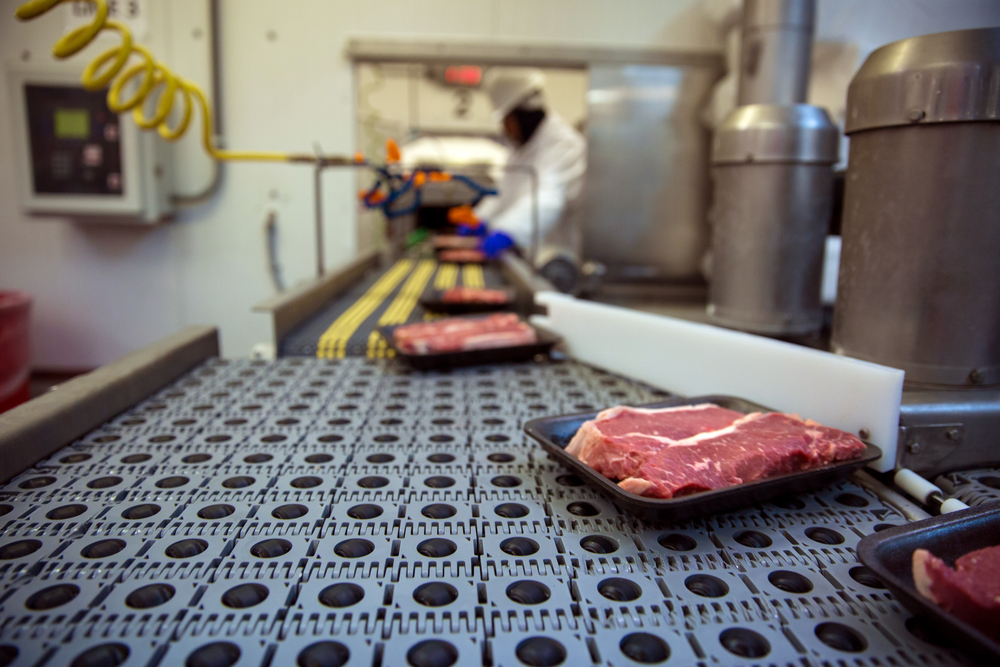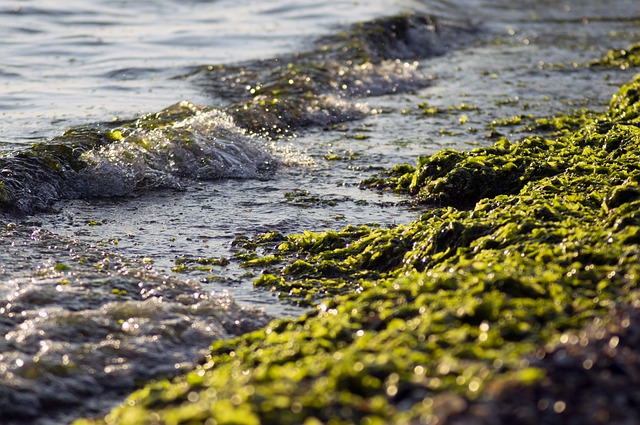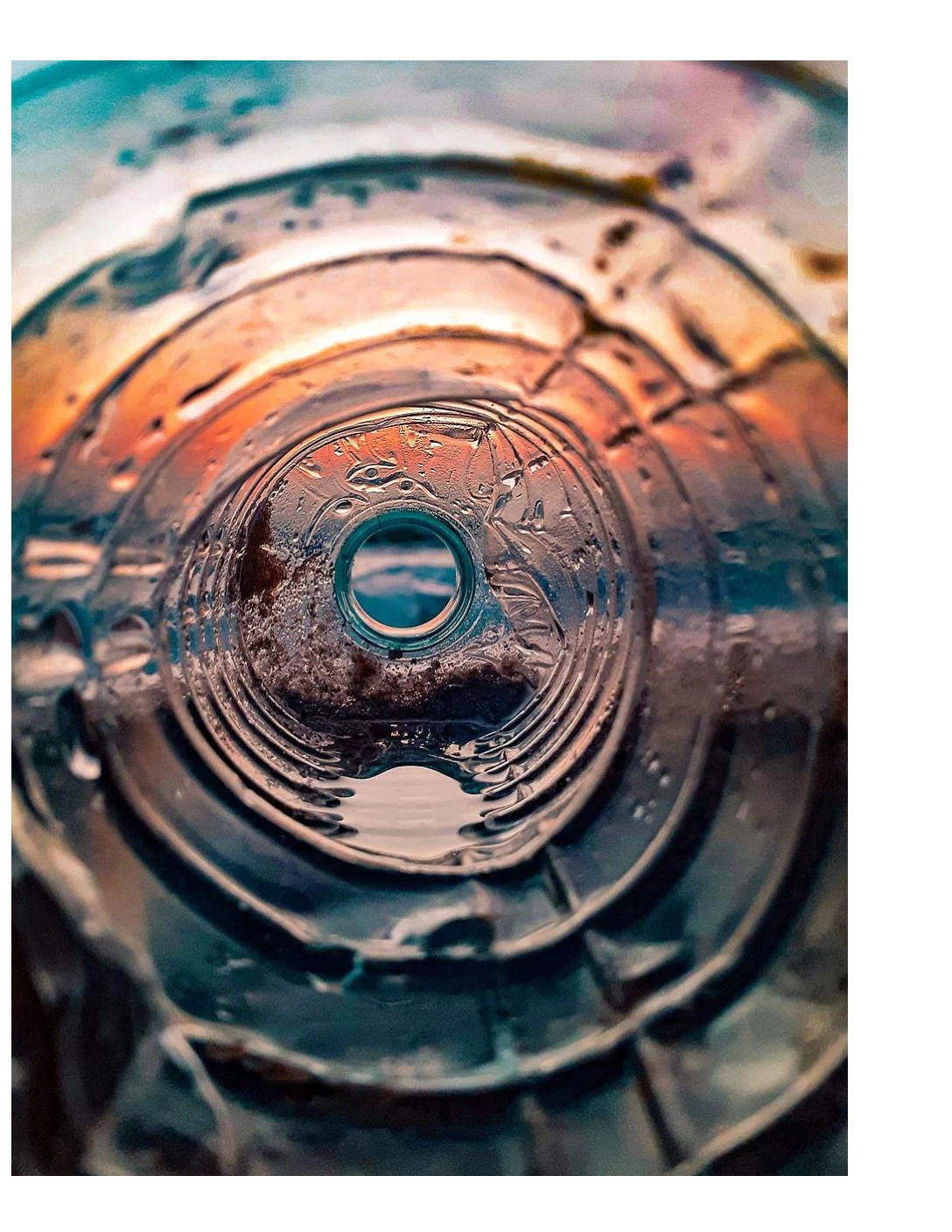By Caroline Majewski, Publishing Associate: Researcher and Writer at Save the Water™ | January 25, 2024
“Three quarters of large U.S. meat processing plants that discharge their wastewater directly into streams and rivers violated their pollution control permits over the last two years, with some dumping as much nitrogen pollution as small cities – facing little or no enforcement” (Environmental Integrity Project, 2018, para. 1).
Proposed Regulations for Meat Processing Plants
In mid-December, the EPA announced a proposal. It was for a new set of regulations on wastewater discharge for meat processing plants.
The first rules on this in 1974 dealt with wastewater directly discharged by slaughterhouses and other plants. However, the additions and EPA’s actions have been slow to move forward since. The EPA hasn’t revised pollution control standards for the plants since 2004.
As a result, they’re weak and aren’t up to date with new technology.
In addition, 95 percent of the plants are not bound to the rules of 2004. Meanwhile, some five percent are using rules set in the mid-1970s.
This is a point of concern by some organizations and people. For instance, the new public hearing is a result of a lawsuit filed by community and conservationists late last year.
The EPA held an online-only hearing on January 24, 2024. Meanwhile, another hearing will take place on January 31st, 10 am at the William D. Ruckelshaus Conference Center in Washington, DC.
Goals
The hope of this plan is to bring the meat and poultry plants into the now. Importantly, it’ll help ensure upgrades are made to the plants with new rules and technology of today. The plan uses pollution-control technologies to improve water quality.
By cutting the amount of nitrogen, phosphorus, and other pollutants discharged, water in the surrounding areas will improve in health. Moreover, this will then benefit the communities that uphold and maintain the meat and poultry plants.
It establishes stricter waste limitations for the chemicals above, along with E. coli bacteria, for direct discharges. Additionally, another new feature will be its coverage of indirect discharges.
The hope is that these new rules will reduce discharged pollutants by about 100 million pounds per year.
Which Communities are Most Affected?
Just like with steam electrical plants, the populations most impacted are among low-income and minority communities. Half the slaughterhouses are in areas with more than 30 percent of the residents living under the poverty line.
The working conditions in these plants are poor and include physical and mental dangers. All the while, conditions outside the plants are also impacted by the pollution.
What is Polluted?
Nutrient pollution is a widespread, and costly, problem. There are almost five thousand meat and poultry processing plants in the United States. A report said that out of 98 plants surveyed, the median plant released an average of 331 pounds of nitrogen per day.
These plants are the largest and second-largest industrial source of phosphorus and nitrogen pollution in the United States, respectively.
As of 2020, of the 1.5 billion cattle raised for meat production worldwide, there was at least 231 billion pounds of methane released into our atmosphere. These chemicals aren’t the only pollutants in our water. The plants also pollute other materials into our water:
- Fecal bacteria
- Veterinary drugs
- Cleaning products
- Blood
- Viruses and parasites
What are the Health Effects?
This pollution can cause toxic algal blooms. The algal blooms can produce toxins, use up the oxygen in water to create dead zones, and harm wildlife.
Likewise, the pollution can also affect humans’ health through many different illnesses and conditions:
- Respiratory illnesses
- Diarrhea
- Skin irritations
- Blue baby syndrome
- Colorectal and other cancers
- Nausea and vomiting
- Harm to liver and nervous systems





